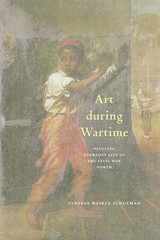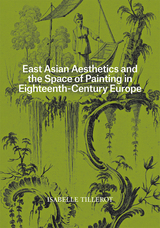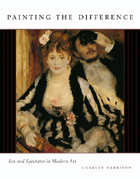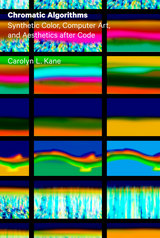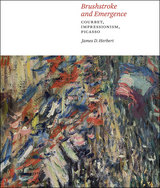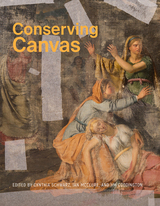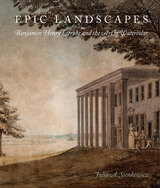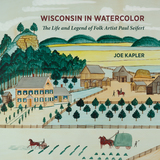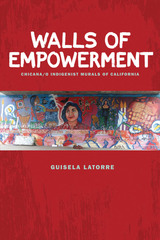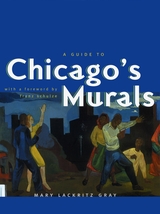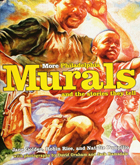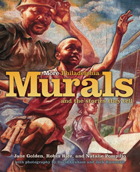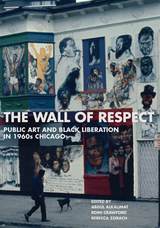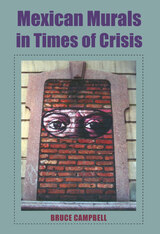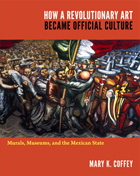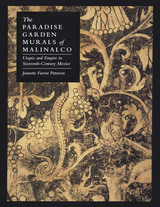Geo-Narratives of a Filial Son: The Paintings and Travel Diaries of Huang Xiangjian (1609–1673)
Harvard University Press, 2016
Cloth: 978-0-674-08843-6
Library of Congress Classification ND2070.H84K56 2016
Dewey Decimal Classification 759.951
Cloth: 978-0-674-08843-6
Library of Congress Classification ND2070.H84K56 2016
Dewey Decimal Classification 759.951
ABOUT THIS BOOK
ABOUT THIS BOOK
Huang Xiangjian, a mid-seventeenth-century member of the Suzhou local elite, journeyed on foot to southwest China and recorded its sublime scenery in site-specific paintings. Elizabeth Kindall’s innovative analysis of the visual experiences and social functions Huang conveyed through his oeuvre reveals an unrecognized tradition of site paintings, here labeled geo-narratives, that recount specific journeys and create meaning in the paintings. Kindall shows how Huang created these geo-narratives by drawing upon the Suzhou place-painting tradition, as well as the encoded experiences of southwestern sites discussed in historical gazetteers and personal travel records, and the geography of the sites themselves. Ultimately these works were intended to create personas and fulfill specific social purposes among the educated class during the Ming-Qing transition. Some of Huang’s paintings of the southwest, together with his travel records, became part of a campaign to attain the socially generated title of Filial Son, whereas others served private functions. This definitive study elucidates the context for Huang Xiangjian’s painting and identifies geo-narrative as a distinct landscape-painting tradition lauded for its naturalistic immediacy, experiential topography, and dramatic narratives of moral persuasion, class identification, and biographical commemoration.
See other books on: Asian | Chinese | Diaries | Landscapes in art | Paintings
See other titles from Harvard University Press

